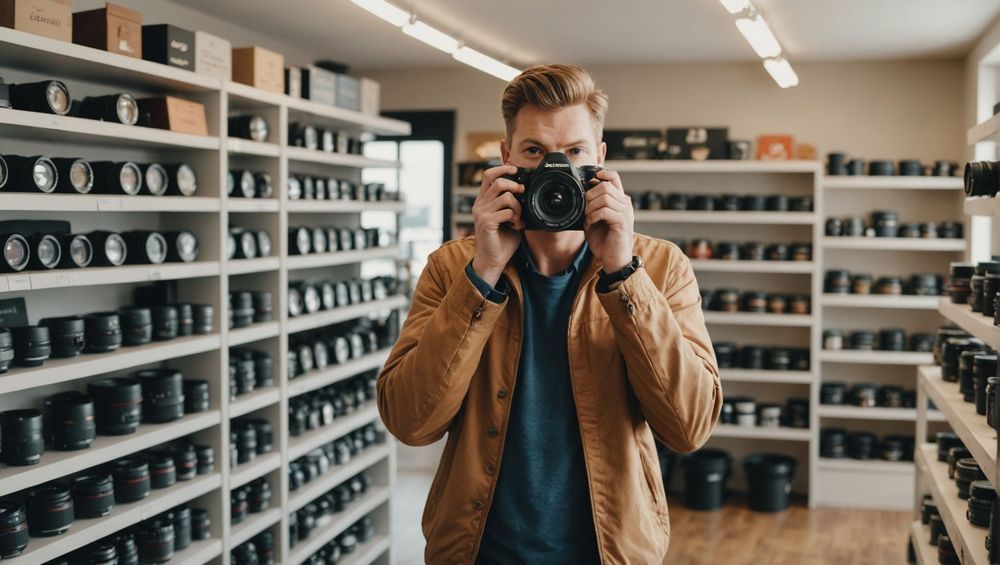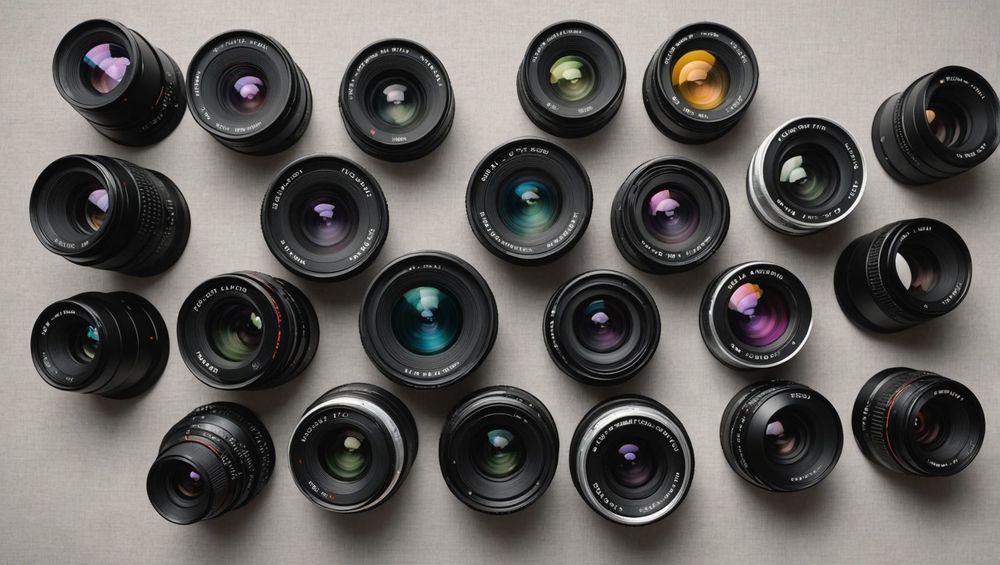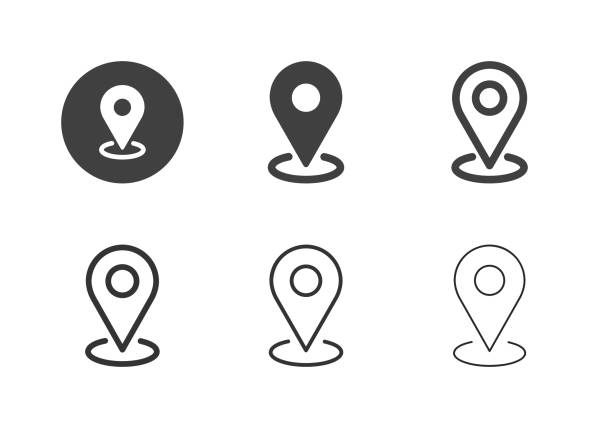Choosing your first camera lens can be daunting, given the myriad options available. Understanding your photography needs, the compatibility with your camera, and the specific features of different lenses will empower you to make a knowledgeable decision. Whether you’re aiming for stunning landscapes, vibrant portraits, or detailed close-ups, knowing what to consider can elevate your photography experience significantly.
Know Your Camera Compatibility

Before diving into the world of camera lenses, it’s crucial to understand the compatibility between your camera body and lens types. Not all lenses will work with every camera. Depending on the brand and model of your camera, you will need to look at the lens mount specifications to ensure they align. Here are key points to consider:
- Brand Compatibility: Each camera brand (Canon, Nikon, Sony, etc.) has specific mount types.
- Crop Factor: If you’re using a crop sensor camera, remember that it can affect the lens’s effective focal length.
- Full-frame vs. Crop Sensor: Full-frame lenses can be used on crop sensors, but crop lenses cannot be used on full-frame cameras.
- Third-party Lenses: Brands like Sigma and Tamron offer lenses that may fit multiple mounts but check for specific model compatibility.
Understand Different Types of Lenses

Lenses come in various types, each designed for different photography styles. Familiarizing yourself with these types will help you select a lens that aligns with your photography interests. Here are the main types to consider:
- Prime Lenses: Fixed focal length lenses that offer superior image quality, but limit flexibility.
- Zoom Lenses: Versatile lenses that allow you to zoom in and out, great for capturing a variety of subjects.
- Wide-angle Lenses: Ideal for landscapes or architectural photography, providing a wider field of view.
- Telephoto Lenses: Perfect for distant subjects, delivering detailed close-ups without being physically close.
- Macro Lenses: Specialized for extreme close-ups, great for capturing details in nature or small objects.
Consider Lens Features
Each lens comes with features that can enhance your photography but may also influence your decision. Understanding these features will help you choose a lens suited to your style. Some important features include:
- Aperture: A larger maximum aperture (like f/1.8 or f/2.8) allows for better low-light photography and beautiful background blur (bokeh).
- Image Stabilization: Particularly useful for hand-held shooting, it helps reduce blur caused by camera shake.
- Focus Type: Autofocus lenses offer convenience, while manual focus gives you more control over adjustments.
- Weather Sealing: Essential for outdoor photography, ensuring that your lens can withstand challenging conditions.
- Size and Weight: Consider how portable you want your setup to be, especially if you plan on traveling.
Budgeting for Your First Lens
Your budget will significantly influence your choice of lens. While it’s important to invest in quality gear, it’s equally essential to assess how much you’re willing to spend. Lenses can range from affordable options to high-end professional models. Here are some budgeting tips:
- Set a Budget: Determine how much you can comfortably spend on your lens.
- Check for Options: Research various brands and models that fit within your budget.
- Consider Used Lenses: Buying second-hand can provide significant savings without sacrificing quality.
- Prioritize Needs: Focus on what features you need the most rather than what looks good on paper.
- Look for Bundles: Sometimes, purchasing a lens as part of a camera bundle can offer better value.
Try Before You Buy
Whenever possible, it’s beneficial to test a lens before making a purchase. Many camera stores allow customers to try lenses on their camera bodies, which can help you assess the feel and performance. Here’s what you should look for when testing:
- Image Quality: Assess sharpness and color accuracy by taking sample shots.
- Focus Speed: Test the autofocus to see how quickly and accurately it adjusts.
- Handling: Ensure the lens is comfortable to hold and easy to adjust while shooting.
- Weight and Size: Make sure it’s manageable for your shooting style.
- Noise Level: Observe if the autofocus mechanism is quiet enough for your shooting needs.
Conclusion
Choosing your first camera lens should be an informed decision based on compatibility, type, features, budget, and personal preference. By understanding these elements, you can select a lens that enhances your photography skills and aligns with the types of images you wish to capture. Remember, the right lens can make a considerable difference in your photographic journey, helping you unlock new creative possibilities.
FAQs
1. What is the best first lens for beginners?
The best first lens for beginners is often an 18-55mm kit lens, as it offers versatility and is ideal for various subjects.
2. Should I choose a prime or zoom lens as my first lens?
A zoom lens is generally recommended for beginners due to its versatility, allowing you to experiment with different focal lengths.
3. How much should I spend on my first camera lens?
Your budget should reflect your needs; quality lenses can range from $100 to over $1,000. Consider starting with a mid-range lens for better quality.
4. Is image stabilization necessary for all lenses?
Image stabilization is helpful, especially in low-light conditions or when shooting at slower shutter speeds, but not strictly necessary for all photography.
5. Can I use a lens from one brand on a different camera brand?
Typically, lenses are brand-specific due to mount compatibility. However, some third-party manufacturers create lenses that fit multiple brands.



